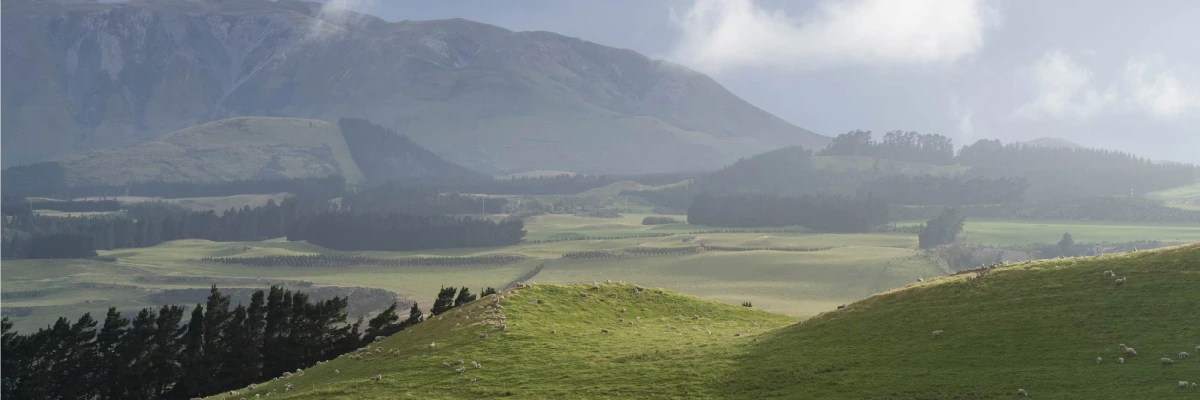
He Waka Eke Noa update
Posted on Monday, 16 May 2022
Thanks to all those who took part in the various He Waka Eke Noa workshops held earlier this year.
The primary sector was asked to consider two options – a Farm-level Levy or a Processor-level Hybrid Levy – as alternatives to the ‘backstop’ of including agriculture in the New Zealand Emissions Trading Scheme (NZETS).
The overwhelming feedback was that farmers wanted a system that recognised the steps they’re already taking and one that provided them with practical tools to reduce emissions, rather than simply imposing a price.
Key feedback:
- There was a clear preference for a Farm-level option, as it gives farmers control over managing their farm businesses and emissions profile, and provides direct incentives for action on-farm.
- Concerns were expressed about aspects of this option, including equity and availability of mitigation options across different types of farming, administrative costs, and the sector’s readiness to implement the system by 2025.
- There was support of the proposal to recognise carbon sequestration on-farm, particularly the range of on-farm vegetation recognised. Many wanted older forests (pre-2008) to be better recognised and pasture and soil carbon to be included.
- There was general support for the ‘split-gas’ approach which recognises the different impact on global warming of methane and carbon dioxide.
- Farmers also wanted an integrated solution across all environmental areas – emissions reduction, freshwater management and biodiversity and they see farm environment plans as a good starting point for integration.
- Māori farmers, many of whom farm collectively-owned land, provided feedback on the importance of integration across te taio and significant interest in recognition of sequestration.
Next steps
He Waka Eke Noa – Primary Sector Climate Action Partnership is now considering this feedback and will make a recommendation to Government at the end of this month with a public announcement in early June. The Government will then consider the recommendations and likely consult the wider public later this year, before making a final decision on a pricing system for agricultural emissions in December.